Why do you absolutely have to pour baking soda on orchids? Advice from the pros
Is it absolutely necessary to pour baking soda on orchids is a question whose answer is absolutely yes. The culprits are the fungal problems that are most persistent facing gardeners. Even indoors, a variety of fungal organisms can affect your plants, ranging from common problems like anthracnose to opportunistic infections that attack weakened plants. If your orchids have unusual spots or strange flower growth, the problem must be fungus.
Fungi can quickly damage and even kill your orchid
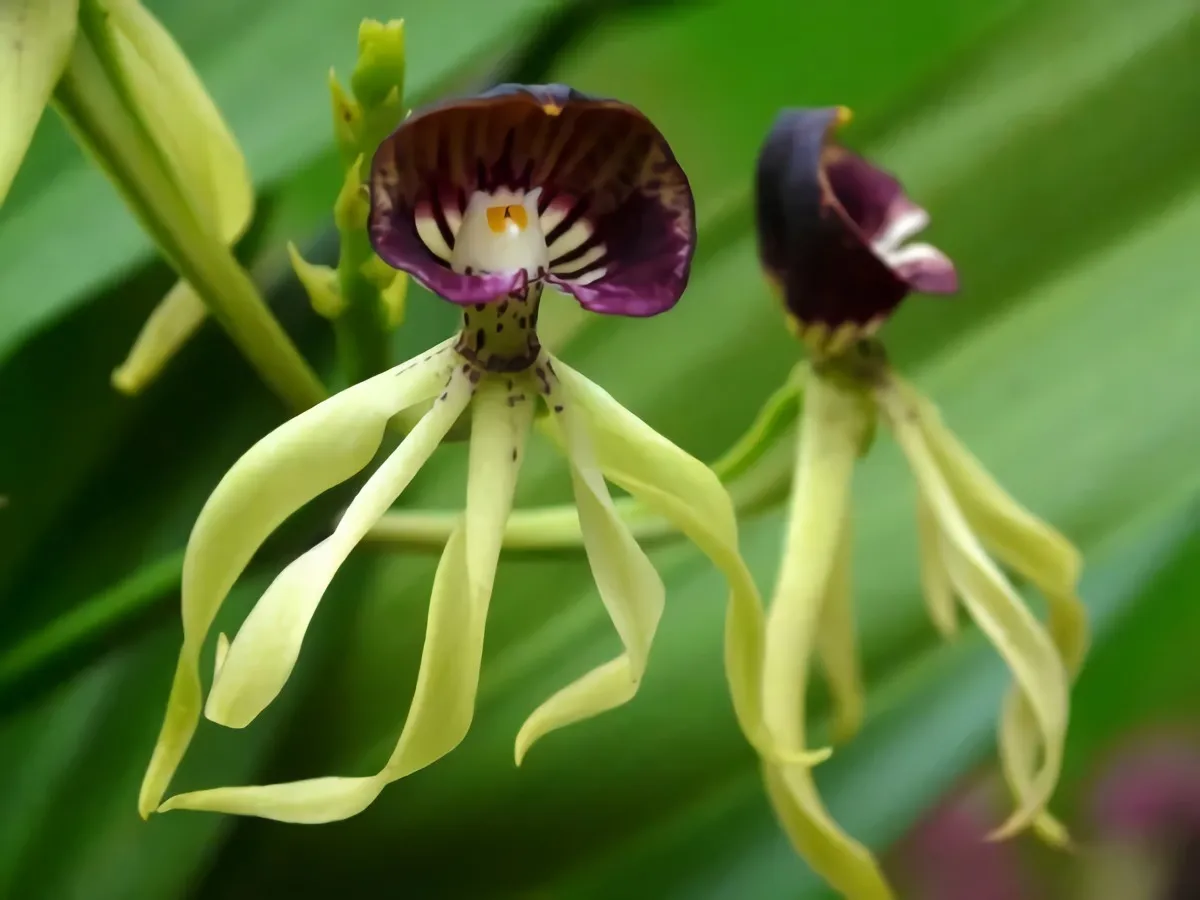
Problems caused by fungi
Mushrooms thrive on the energy of the plants they live on. As the fungus grows, the plant dries up. Different types of mushrooms have a variety of appearances which include wilting, scabs, moldy coatings, spots or decaying plant tissue. Some are airborne by spores and attach themselves to plant leaves. Other species live in the soil and can enter the plant through their roots. Root based fungi can kill roots or block water-conducting cells
They cause the plant to wither and even die
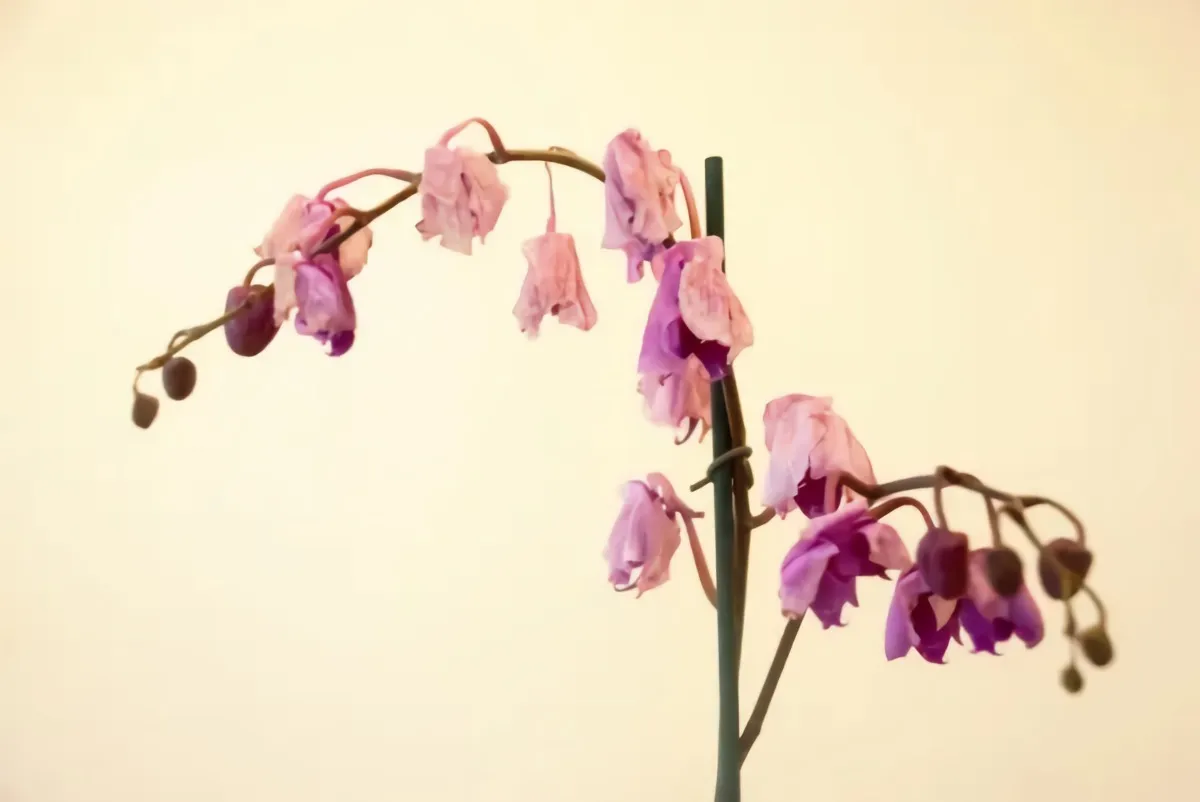
Efficacy of sodium bicarbonate
Chemicals can be used indoors, but safety precautions must be followed very carefully. Avoid ingesting them and wear protective clothing when applying them to your plants. If pets or children interact with treated plants, it may be best to avoid using these chemicals or move the plants to an area where they cannot be disturbed. If you prefer a gentler solution, try using baking soda. Baking soda (baking soda) is an antifungal agent and can even kill some established forms of fungi. Research has shown it to be effective against certain types of blackheads and powdery mildew. Best of all, baking soda is completely non-toxic to mammals and is easy to purchase at any grocery store.
Plus, it’s cheap
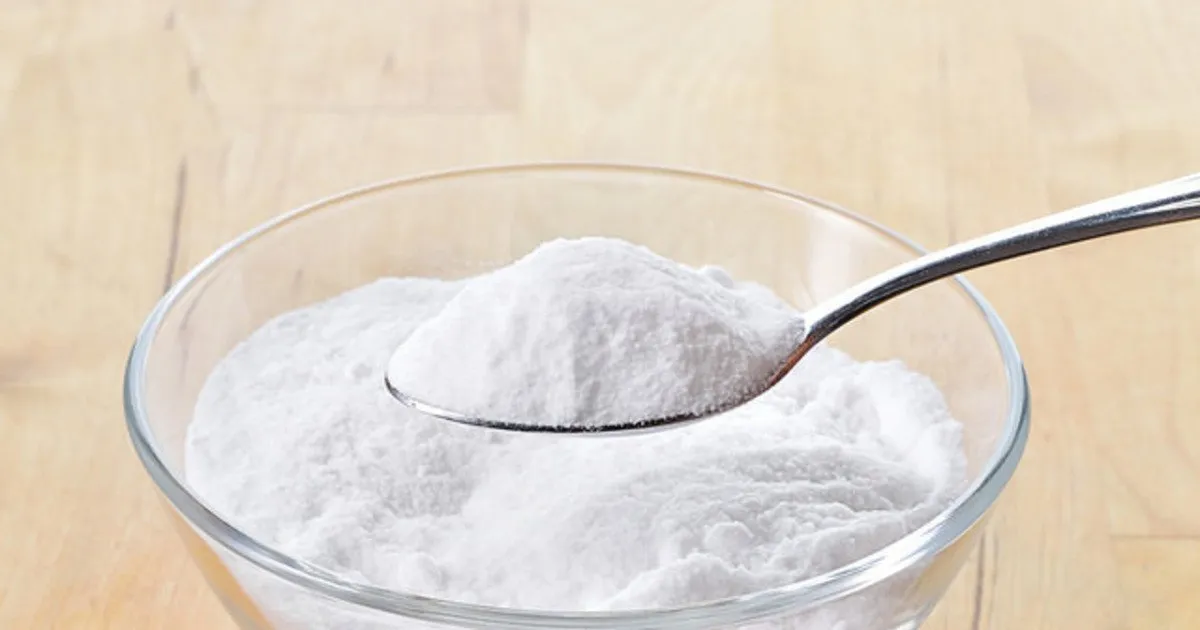
baking soda spray
With liquid soap
Make a baking soda spray by dissolving one teaspoon of baking soda in one gallon of water. You can add a few drops of insecticidal soap or liquid soap to help the solution spread and adhere to the leaves. Use only liquid soap, never laundry detergent. Baking soda helps plants become less acidic and prevents fungal growth.
Pour the liquid into a clean spray bottle
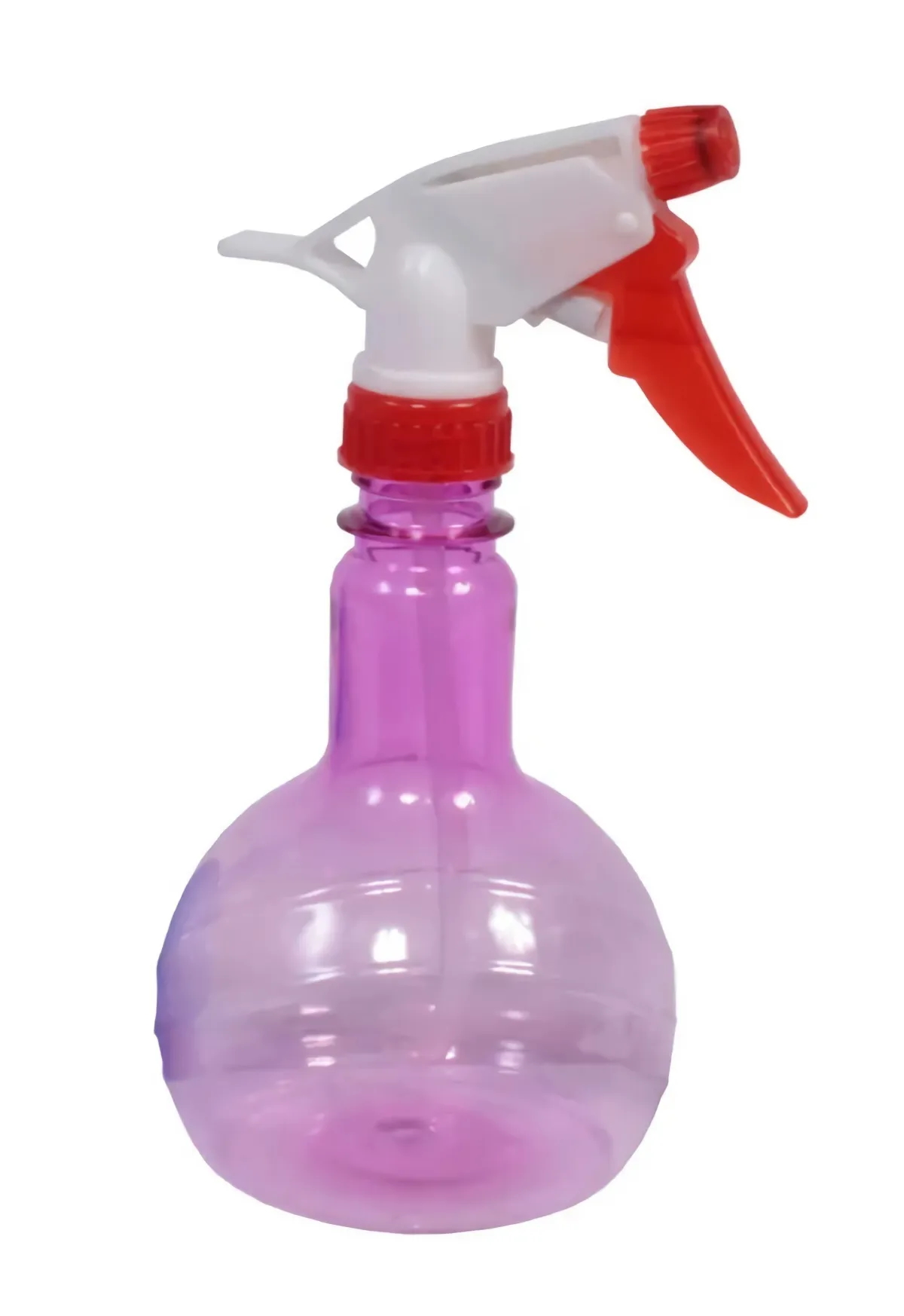
Spray the orchid thoroughly, reaching the upper and lower leaves and allow the plant to dry. Repeat the application as needed to control the fungal problem. If fungus persists despite repeated applications of baking soda, consider using a stronger antifungal agent. If there is any spray left, you can leave it sealed and use it next time.
Shake the spray bottle lightly before use
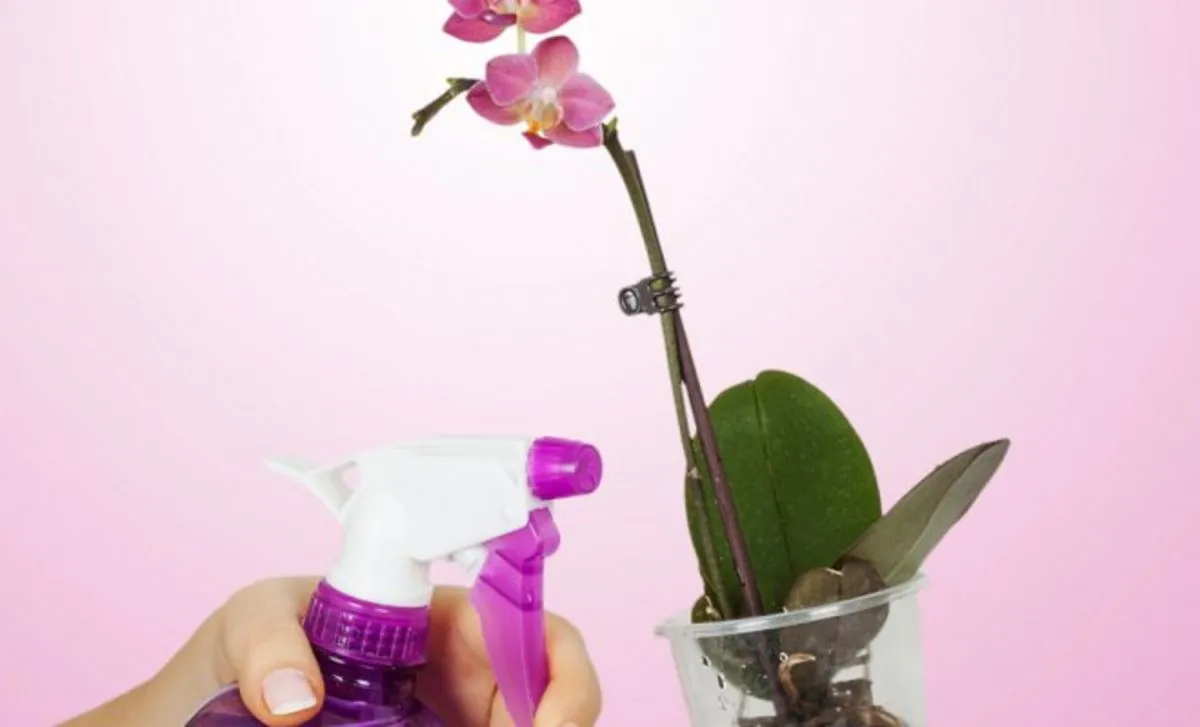
A powerful organic blend
You can treat both conditions with baking soda mixed at the rate of four teaspoons in 3 to 4 liters of water. Also add two teaspoons of refined horticultural oil or insecticidal soap to help the solution adhere to the leaves.
Apply the solution to the affected areas every two weeks
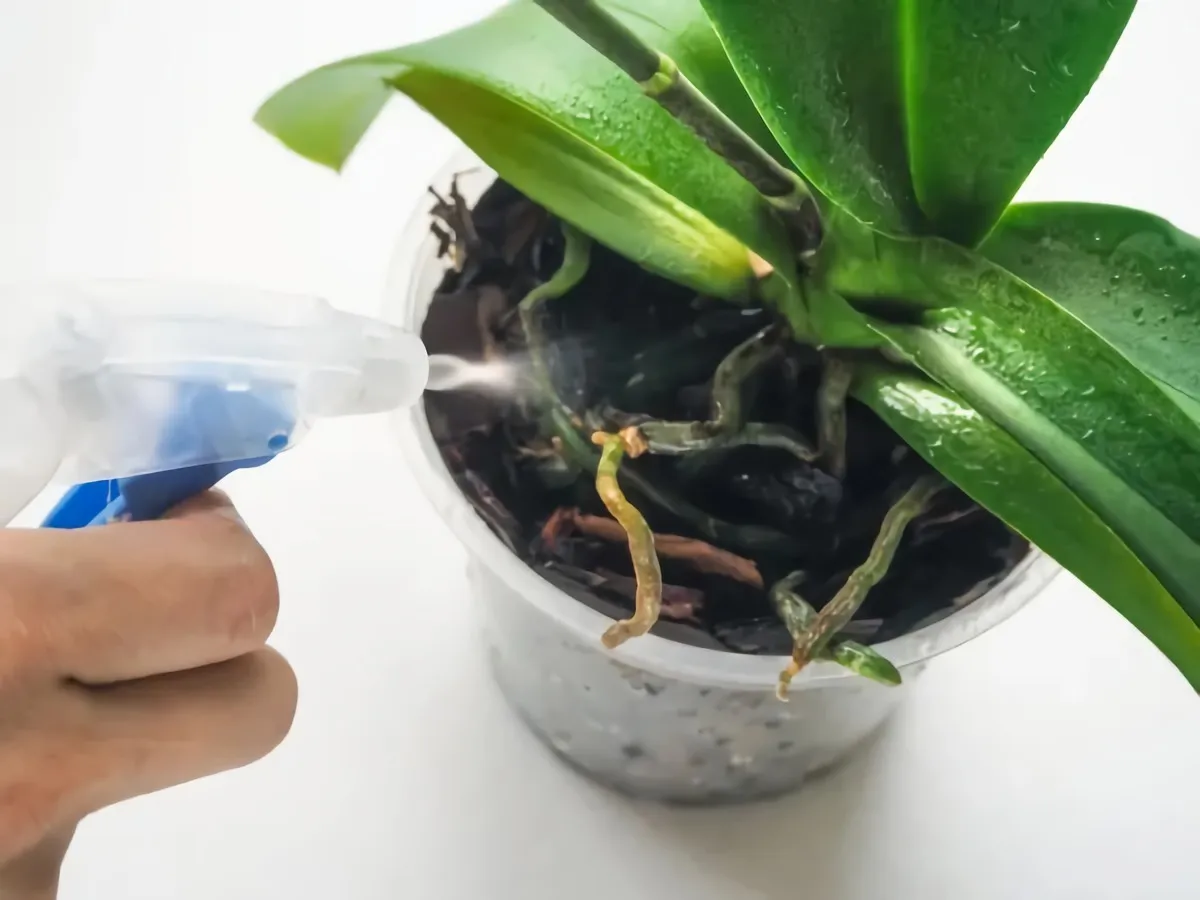
Can you sprinkle directly on the floor?
Simply sprinkling your orchid with baking soda is not a good idea. It is only applicable in your garden.
The best way to apply it however is by spraying it
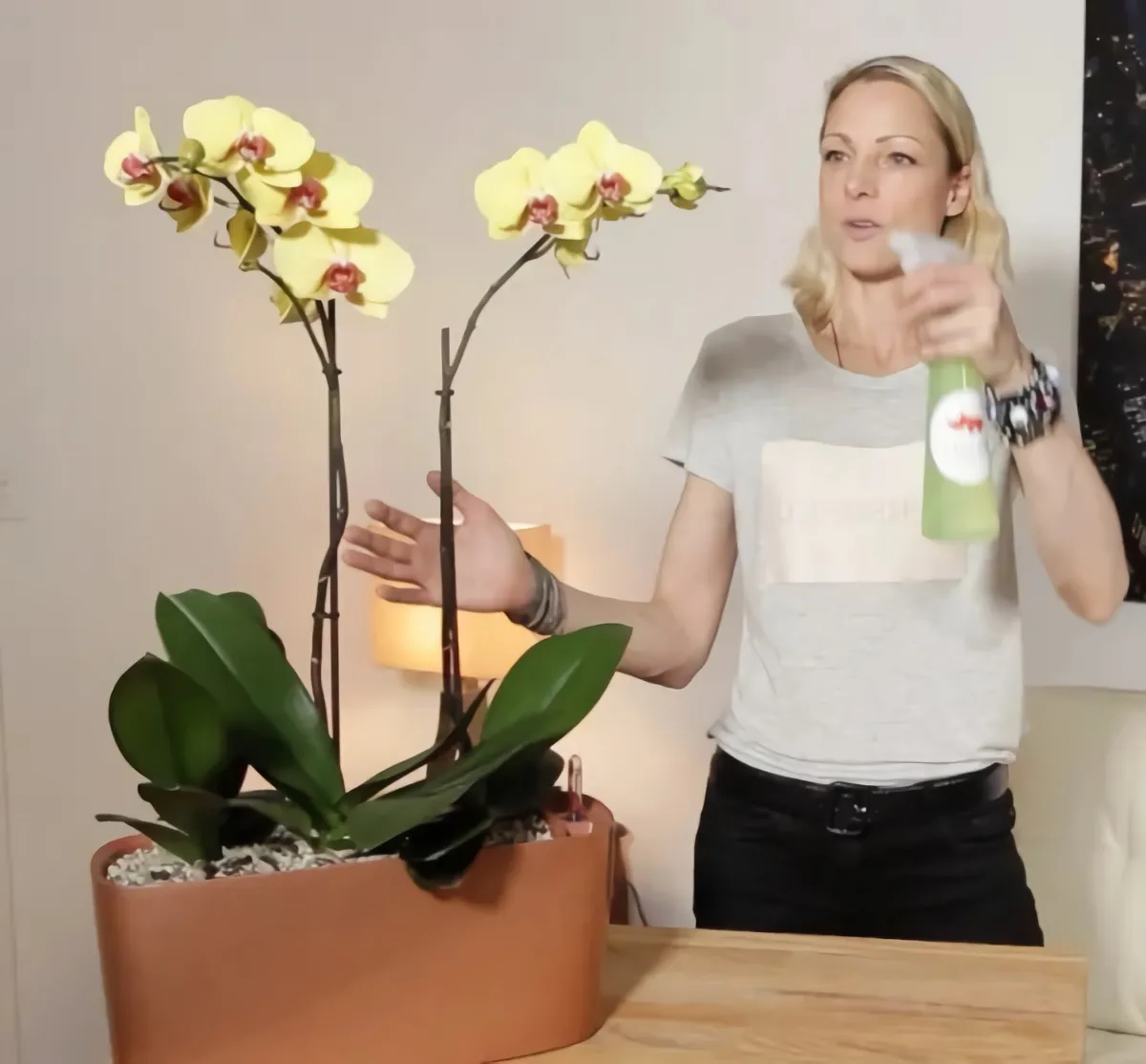
Negative results
Baking soda on plants causes no apparent damage and can help prevent overgrowth of fungal spores in some cases. But constant use of baking soda spray on orchids will eventually leach into the soil underneath. Baking soda can build up in the soil, affecting soil nutrients and stunting plant growth. It’s hard to predict what effect a baking soda spray will have on a specific plant. If you notice plant damage or poor flowers, stop applying baking soda to your plant.
Source: dmcoffee.blog©


Commentaires
Enregistrer un commentaire